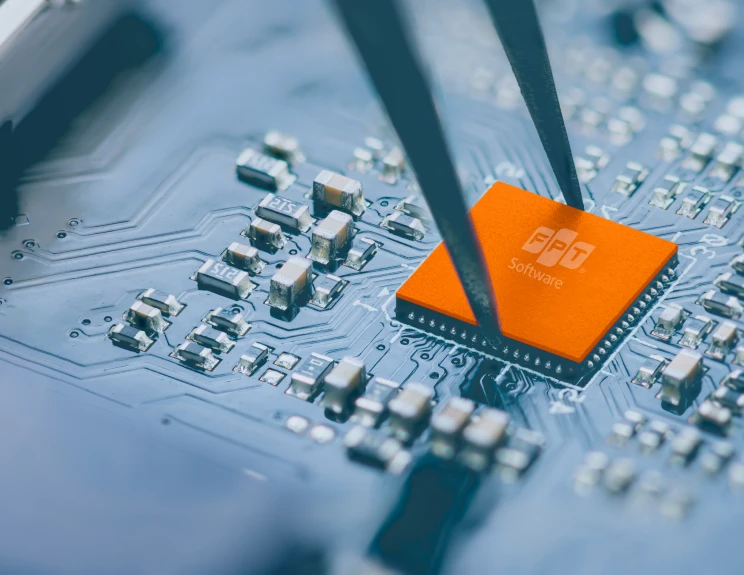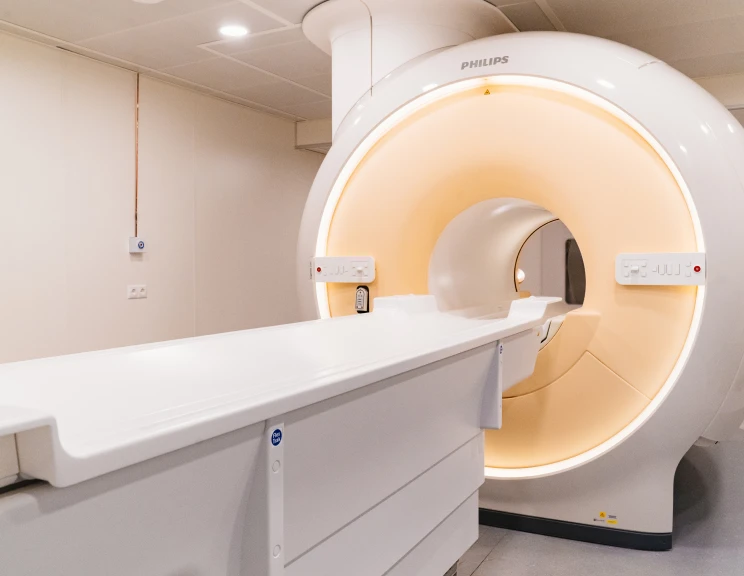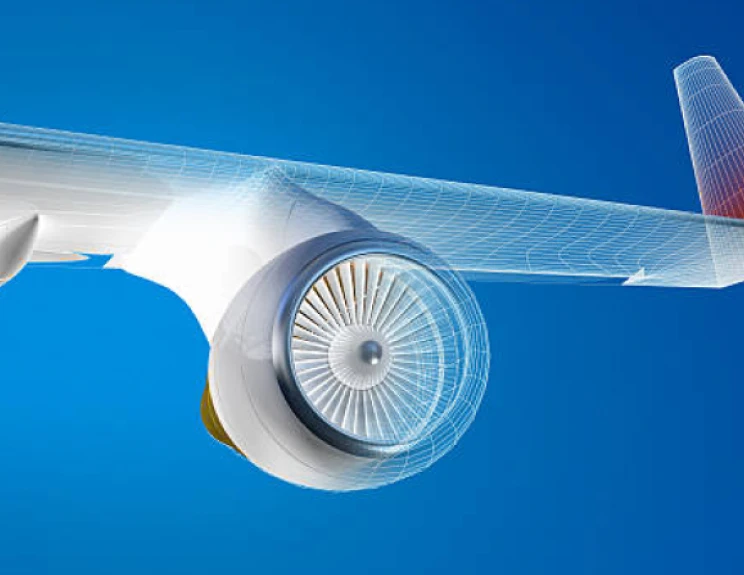
AI-first SDVs: A turning point
The term software-defined vehicles (SDVs), as its name suggests, refers to automobiles whose operations and functionalities are driven by software, allowing vehicles to offer bespoke in-car and out-car experience and have new features upgraded over-the-air without the need to alter their hardware. As customers increasingly demand seamless, digital, and integrated experiences, SDVs are expected to mark a global automotive transformation from a hardware to a software-centric approach. Indeed, Deloitte research predicts that at least 90% of new vehicles released to the market by 2029 will be software-defined [1].
Approaching the AI era, the automotive industry is now powering the SDV transition with this powerful technology, giving rise to what is called “AI-first SDVs.” This upcoming automotive trend continues to embrace the software-driven approach, enabling even smarter, safer, and more personalized user experiences with AI. And global automakers are racing to deliver, as 74% of executives believe vehicles to be software-defined and AI-driven by 2035 and plan to allocate as much as 58% of their R&D budget to developing software and digital solutions [2].
A challenging path
Talent shortage
Talent shortage remains one concerning issue for the automotive industry, with as many as 76% of global transport, logistics & automotive companies reporting difficulties in filling vacancies [3]. With the sector gradually transforming towards a software-defined era, human resources development continues to occupy one of the most important factors as the skill requirements now extend to include both automotive and technological know-how. Although automakers can always turn to outsourcing as an alternative, the global tech talent crisis, which affects as many as 90% of businesses worldwide [4], presents serious obstacles to finding an experienced technology vendor with comprehensive automotive expertise.
Chip shortage
As the automotive industry increasingly embraces the AI-first approach, the reliance on AI chips will subsequently increase. Applications such as autonomous vehicles and AI-enabled Driver Monitoring Systems (with features including facial recognition and emotion detection) require enormous computational power to analyze vast amounts of data in real-time and make decisions in split seconds. As only AI chips have the processing capacity to handle such workload, demand for AI chips will surely skyrocket as the sector moves towards an AI-first SDV future. Nevertheless, challenges such as rising demand in other sectors, talent shortage, and supply chain disruptions could soon ignite a potential chip shortage.
Inefficient research and development:
In the early phase of software-defined vehicle development, automakers often relied on in-house expertise to develop their own digital solutions and operating systems that could potentially be a winning differentiator for their vehicles. This approach, nevertheless, requires manufacturers to invest extensively in building distinct systems, resulting in an abundant investment effort across the entire sector with little to no opportunities for scaling, component reusing, or system integration.
In response, calls for partnerships in developing sector-wise frameworks have been made extensively, with AUTOSAR being one of the most well-known establishments. With 300+ members worldwide, AUTOSAR promotes standardized software development and open E/E system architecture [5]. By embracing component reusability and development scalability, AUTOSAR allows its members to enjoy significant cost-savings and accelerated time-to-market. Yet, it remains a challenge for automakers to develop AUTOSAR-compliant solutions without extensive technological know-how.
Vietnam: The rising AI-first SDV hub
Promising automotive capabilities
Emerging from one of the poorest countries globally, Vietnam’s economy has grown exponentially over the last 50 years since its life-changing reforms. Subsequently, domestic purchasing power has increased over the years with more and more people able to afford automobiles, making Vietnam’s automotive industry one of the fastest-growing in Southeast Asia [6]. Subsequently, car production has risen steadily, reaching nearly 400,000 units in 2024 – a 27% increase from 2023, with higher growth expected in 2025 [7]. Moreover, consumers’ demand for green mobility, with as many as 70% of consumers showing a tendency to purchase electric vehicles (EVs), has driven the country’s automotive capabilities with impressive improvements achieved over the years. From relying on car design from foreign automakers, Vietnam has leapfrogged to introduce its first ever EV in 2021 by local player Vinfast [8] and subsequently exported made-in-Vietnam EVs to the US market just one year later [9]. Just recently, the company successfully launched its second electric car model in the EU, targeting France, the Netherlands, and Germany [10].
In addition, Vietnam is exhibiting outstanding automotive software development capabilities to help accelerate the industry’s SDV transformation. Local technology provider – FPT has established its dedicated subsidiaries to develop automotive software, aiming to help the industry accelerate the SDV transition. Being an AUTOSAR-verified partner, FPT has developed comprehensive AUTOSAR solutions for US, Korean, and Swedish automakers to enhance vehicle performance and ensure standardization, allowing manufacturers to cut time-to-market by as much as 60%. One prominent case involves FPT helping a South Korean thermal management solution provider develop CDD and BSW integration with ASPICE Level 2 compliance in just 3 months. The company has also rolled out predictive maintenance solutions, employing AI to identify and address potential vehicle failures. These AI-powered solutions show remarkable results, reducing diagnostic time by 70% and repair time by 25% while cutting down on emissions and energy consumption by 30% and 25%, respectively.
Thriving R&D ecosystem
With a target to become a high-income country by 2045, Vietnam sees technological advancements, especially AI, as a key accelerator to the country’s miraculous transformation. As such, the government has actively built a favorable environment for local and global players to invest, innovate, and create a thriving R&D landscape. For example, projects that support the high technology sector or automobile assembly enjoy a preferential tax rate of up to 10% in 15 years (compared to the standard rate of 20%), with certain large investment and R&D projects qualified for a 5% CIT rate. Reduction and exemption from land rental and water fees are also available [11]. In addition, the country’s strategic location and partnership with 200+ nations, 9 of which are comprehensive strategic partners, further adds to the country’s advantages.
Such effort is starting to pay off, with more and more global players seeing the country as a strategic destination for investment. Notably, NVIDIA’s CEO, Mr. Jensen Huang, referred to the country as NVIDIA’s second home and committed to making the country a key focus for NVIDIA. The company subsequently signed a collaboration agreement with the Vietnamese government to establish an AI research & development center and an AI data center [12]. Prior to that, the company also joined forces with local technology service provider – FPT to establish a 200-million AI Factory for advancing AI research & development, utilizing NVIDIA AI Enterprise software and frameworks and H100 Tensor Core Graphic Processing Units. Local government and domestic companies are also adding to the thriving R&D landscape with prominent projects such as Da Nang Semiconductor and Artificial Intelligence Center and FPT’s AI Center in Quy Nhon. To accelerate AI development, Vietnam makes it a strategic focus to strengthen its semiconductor capabilities, with domestic company – FPT successfully designing, launching, and securing orders from Japan, South Korea, Taiwan, and more to export 70 million made-in-Vietnam chips.
Vietnam was considered “the most attractive destination for US semiconductor investors.” Learn why.
Talent development is the key
Transitioning to an AI-first SDV future requires a cross-sector collaboration effort, developing comprehensive capabilities from semiconductor and automotive to AI and software development. With strategic investment in these areas and shared visions among governments and local enterprises, Vietnam is shining on the global map as a rising hub for AI-first SDVs. More than that, the country’s focus on talent development, especially in technology, AI, and automobiles further solidifies its aspirations. Indeed, the country saw a 107% in education investment between 2022 and 2023, marking a historic high [13].
Subsequently, Vietnam remains one of the nations with the highest number of IT graduates, with 57,000 students enrolling in computer science and IT-related majors annually [14]. Specialized training in automotive software engineering has also been offered, with local corporations such as FPT establishing its own Automotive Software Engineering (ASE) department. Students enrolling in this program are taught comprehensive automotive and software engineering and are offered opportunities to work with FPT’s real-life projects for global clients.
These shared efforts among governments and enterprises have allowed the country to reap early successes, yet it’s just the beginning. Vietnam has developed more plans for human resource development, especially for the high technology, AI, automotive, and semiconductor industries. That’s evident proof of Vietnam’s ambition and potential to become a global hub for AI-first SDVs. By continuing to embrace talent development as the north star, Vietnam is guaranteed to stay on track to achieving its goals.






























